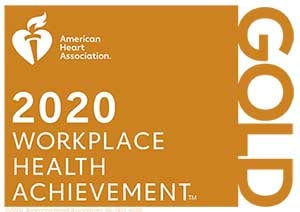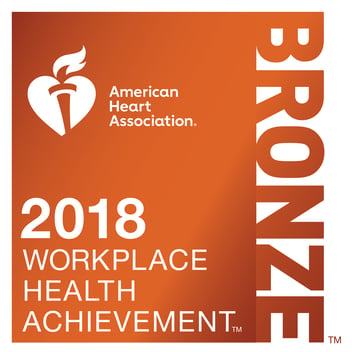
OSHA RECOMMENDATIONS
Recognizing the broad scope of the general duty clause and HCS, OSHA’s COVID-19 Guidance provides a suite of recommendations to assist employers in assessing risk and determining appropriate planning, prevention, and control measures in the workplace. OSHA makes clear that employers must tailor their COVID-19 policies and preparations to their specific facilities and workforces. As a gating issue, employers must assess the respective risk level their work presents; employers in industries or communities with low risk of exposure must prepare differently than employers with medium, high, or very high risk of exposure to known or suspected sources of COVID-19. OSHA has identified healthcare, deathcare, laboratory, airline, border protection, and solid waste and wastewater management as industries on the higher end of the risk spectrum.
While each employer’s actions to address the COVID-19 threat must be tailored to its workplace risk profile, OSHA’s COVID-19 Guidance sets forth general measures all employers should implement, as follows.
- Develop an infectious disease preparedness and response plan;
- Prepare to implement basic infection prevention measures such as promoting proper hygiene and implementing routine cleaning and disinfecting practices;
- Develop policies and procedures for prompt identification and isolation of sick people, if appropriate;
- Develop, implement and communicate about workplace flexibilities and protections; and
- Implement workplace controls, ranging from physical barriers to protect against the spread of COVID-19 (i.e., engineering controls) to providing personal protective equipment.
Within those broad categories of actions applicable to all employers, OSHA offers some practical steps employers may take to implement their COVID-19 procedures. For example, if isolating sick employees, most employers need not have special isolation rooms; designated areas behind closed doors may serve that purpose. And, to implement basic infection prevention in workplaces that are open to the public, employers should provide tissues, trash receptacles or other hygiene products to customers to minimize exposure to workers.
As employers frame and update their individual COVID-19 plans and policies, additional examples provided in the COVID-19 Guidance may prove useful. Employers also should consider and incorporate guidance from other agencies (including the CDC and state and local health agencies) into their protocol. For example, in addition to providing guidance to employers regarding best practices to mitigate and handle exposure to COVID-19 in the workplace, the CDC recently released specific mitigation guidance for certain communities that have experienced the highest rates of COVID-19 transmission.




